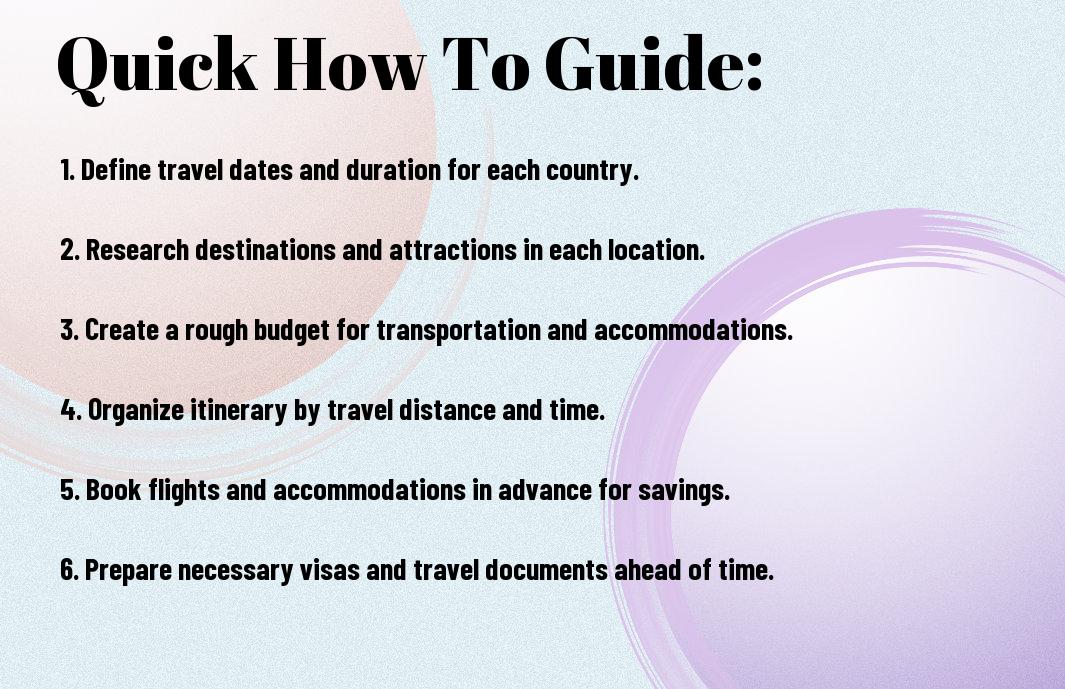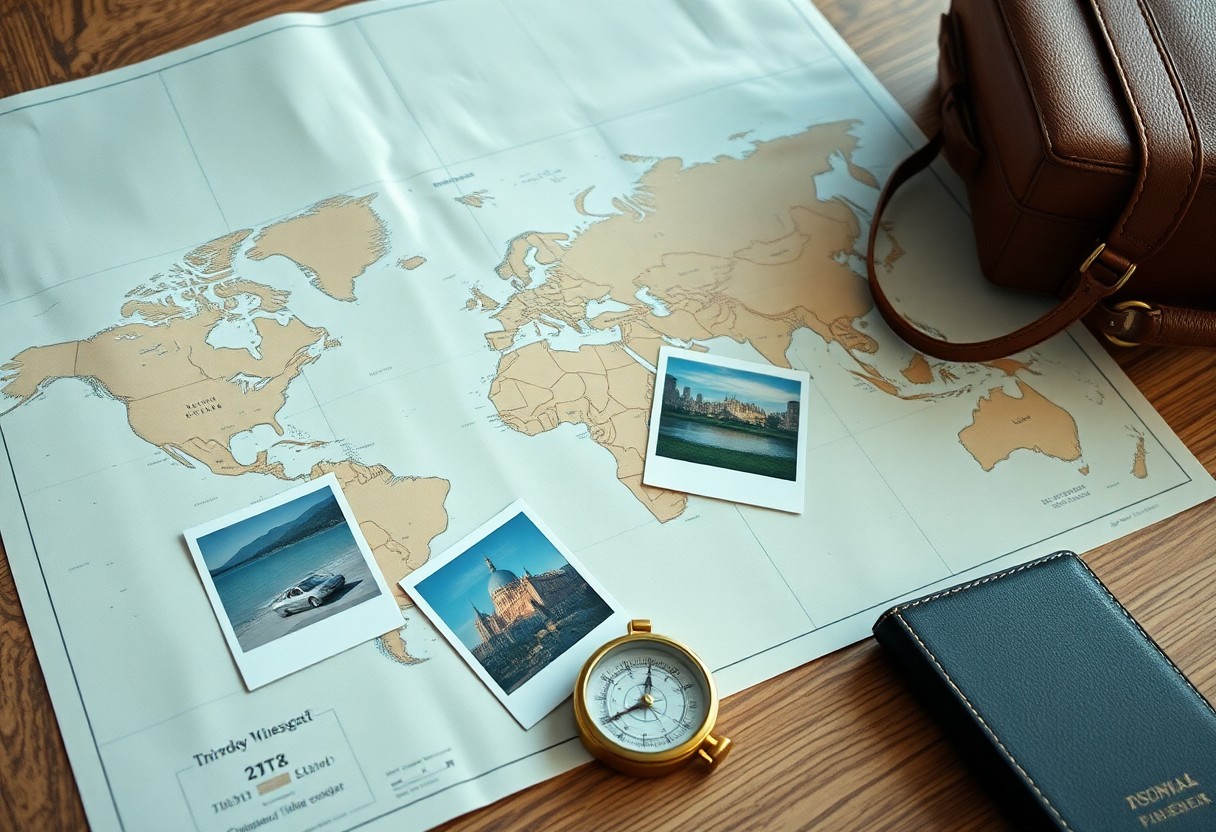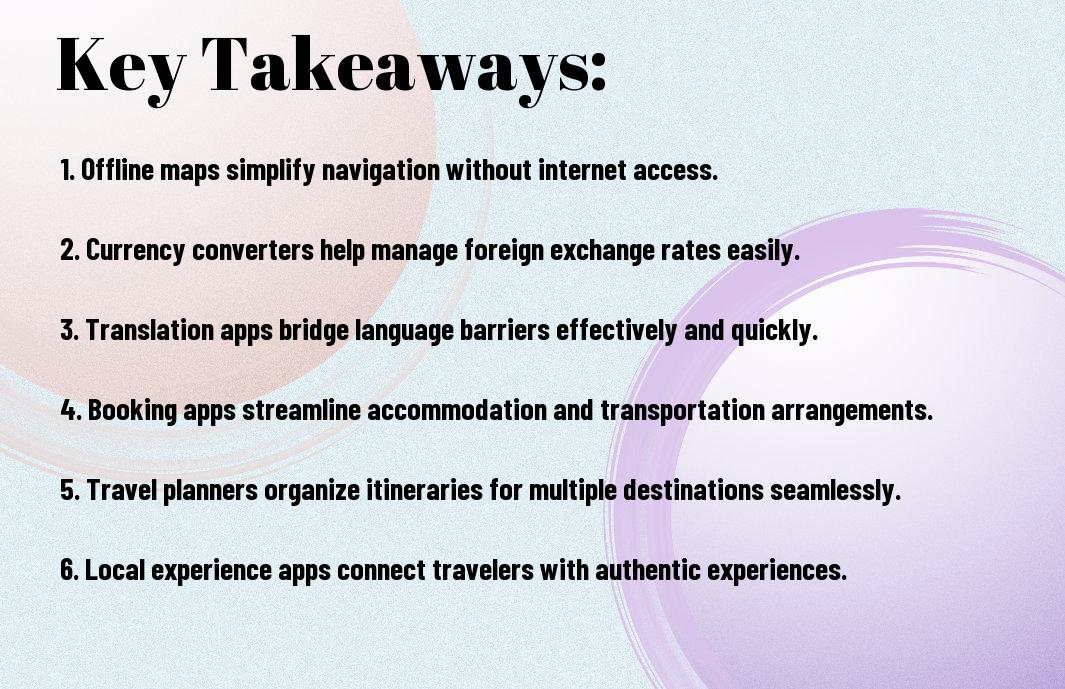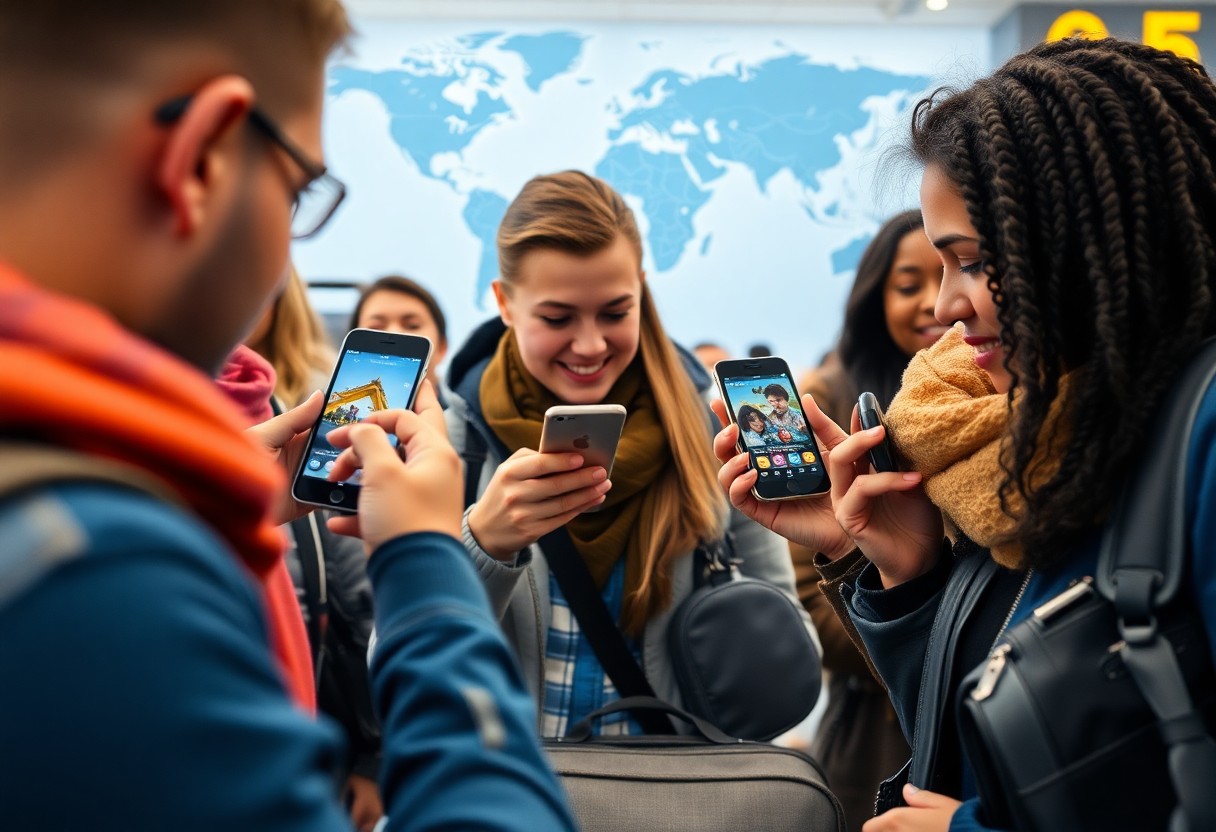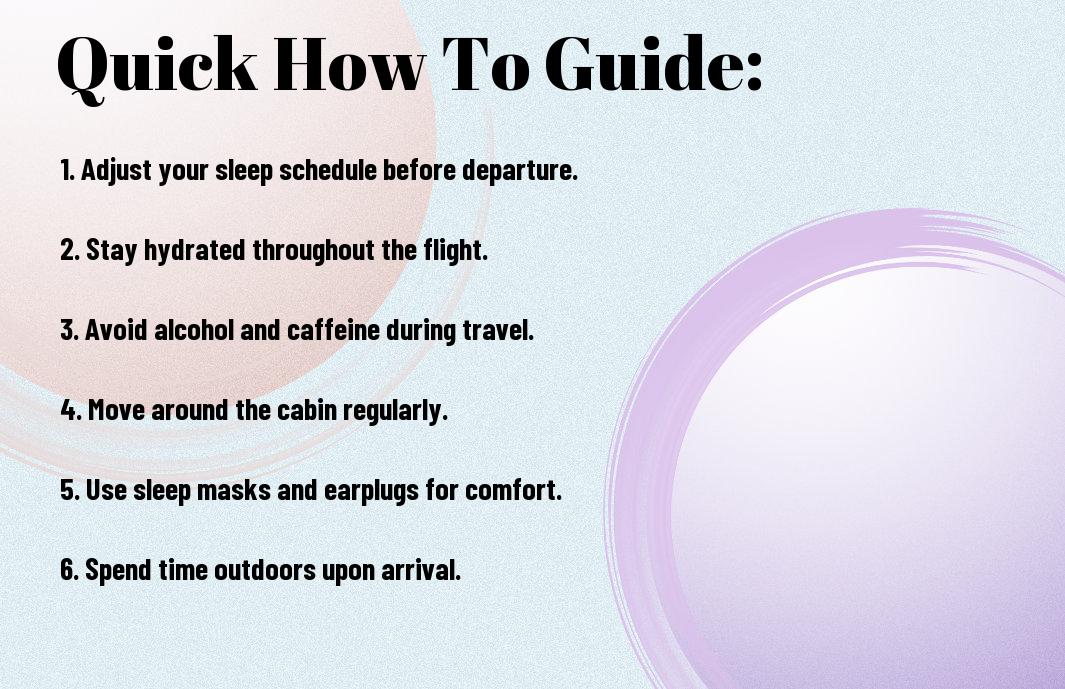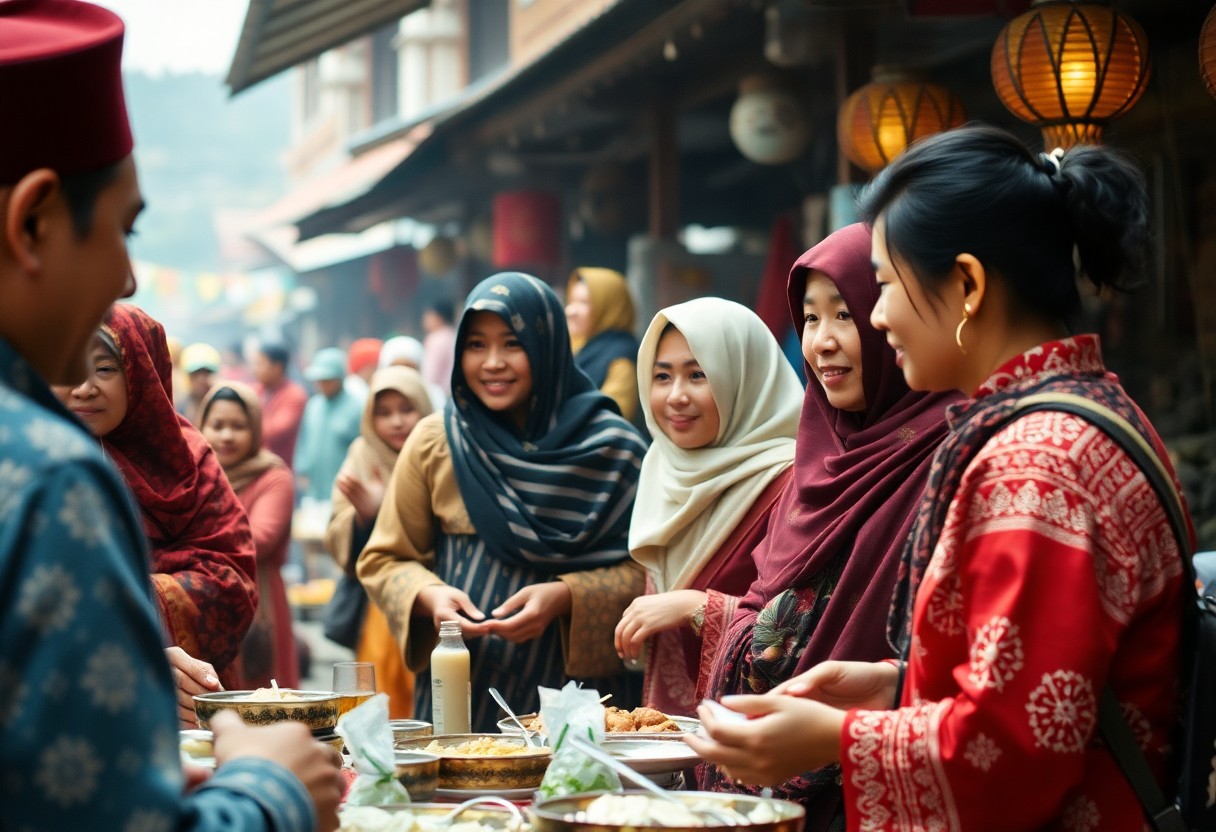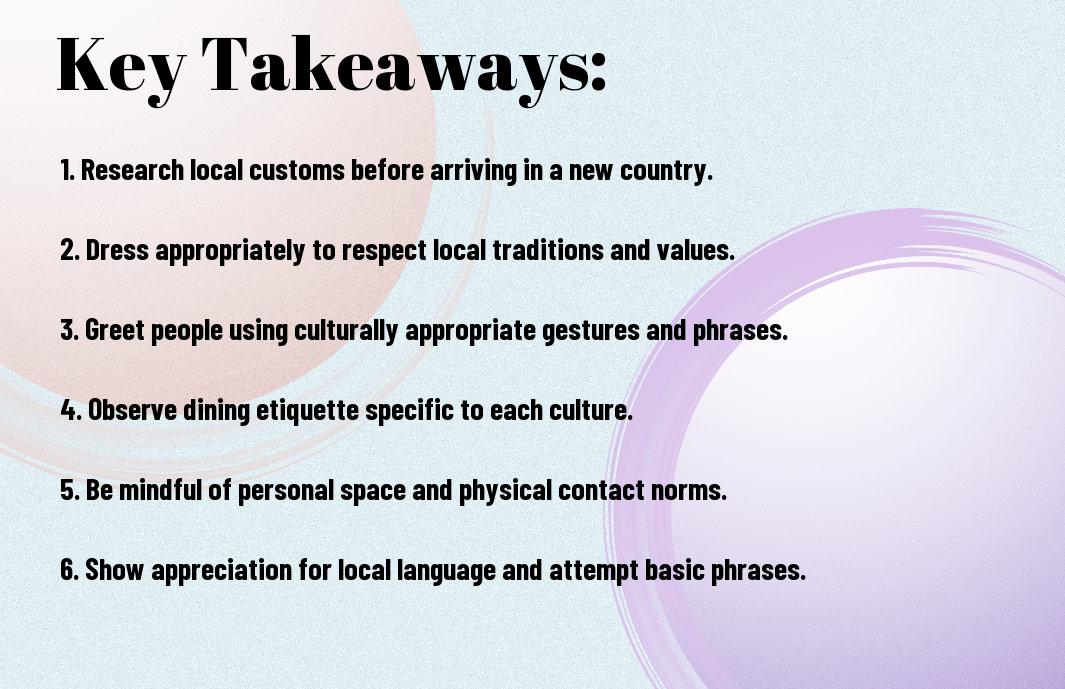It’s time to expand your travel horizons and explore some hidden gems around the globe. While popular tourist spots often steal the spotlight, lesser-known destinations offer unique experiences that can enrich your adventures. In this blog post, you’ll discover five underrated international destinations that promise captivating landscapes, rich cultures, and unforgettable memories. Get ready to add these remarkable places to your travel bucket list and uncover the beauty waiting just beyond the usual tourist paths.
Key Takeaways:
- Hidden Gems: Explore destinations that are often overlooked, offering a unique experience away from tourist crowds.
- Cultural Richness: Engage with diverse cultures and traditions that provide a deeper understanding of the local heritage.
- Affordability: Discover budget-friendly options in stunning locations that won’t break the bank.
- Stunning Landscapes: Enjoy breathtaking scenery and natural beauty rarely found in more popular tourist destinations.
- Authentic Experiences: Taste regional cuisine and participate in local events to truly connect with the destination.
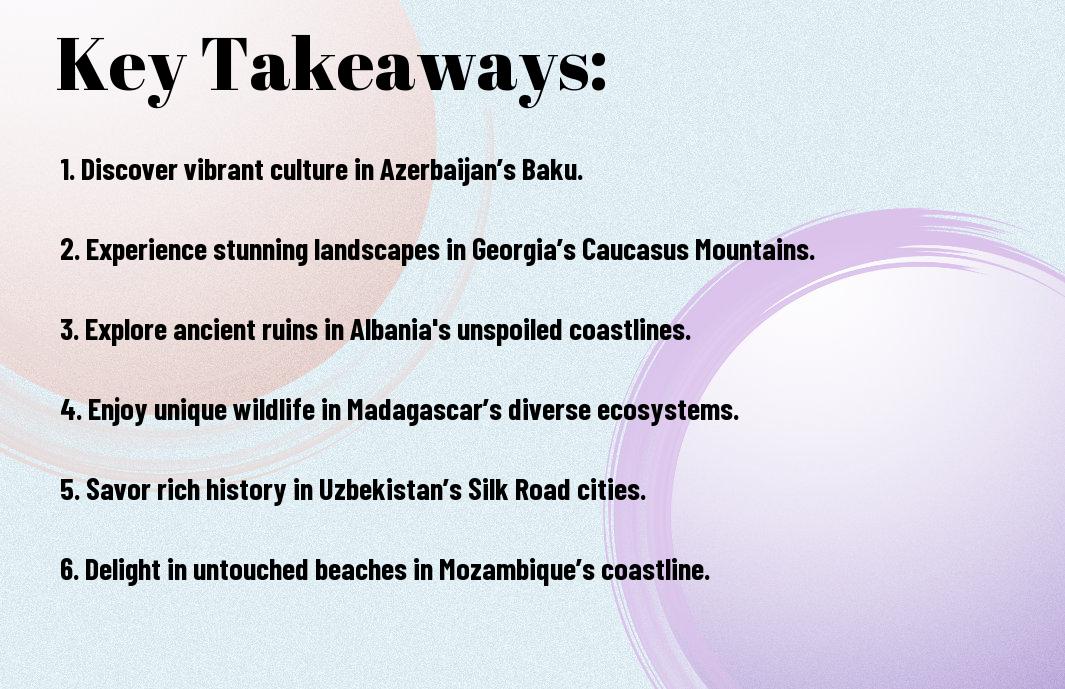
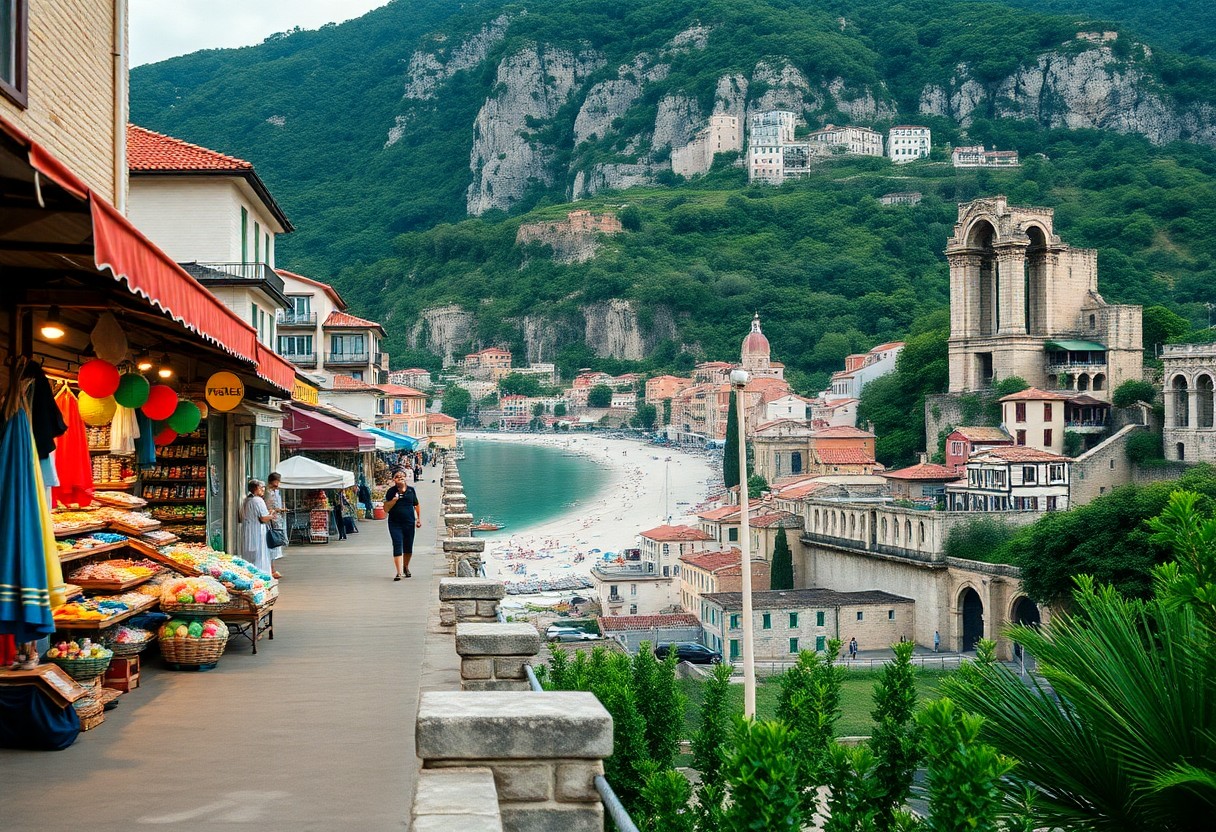
Destination 1: The Hidden Gems of Eastern Europe
Before you launch on your next adventure, consider exploring the hidden gems of Eastern Europe. This region boasts a beautiful blend of history, nature, and rich cultures waiting to be uncovered. Cities like Lviv, Bratislava, and Tbilisi offer a delightful mix of unique architecture, breathtaking landscapes, and warm hospitality that often go unnoticed by mainstream travelers.
Historical Significance
Eastern Europe is steeped in history, with legacies of empires and revolutions that shaped modern Europe. From ancient castles in the Carpathians to the haunting remnants of the Berlin Wall, each site tells a rich tale that enhances your understanding of the world. Exploring these places allows you to connect with the past in a meaningful way.
Unique Local Culture
Gems like Budapest, Sofia, and Krakow are home to vibrant traditions and customs that reflect their diverse heritage. You can savor the flavors of regional cuisine, witness folk festivals, and engage with locals showcasing their craftsmanship. This opportunity enriches your travel experience by offering authentic insights into everyday life.
A trip to Eastern Europe introduces you to local cultures that emphasize community, tradition, and creativity. Dive into hearty dishes like goulash or pierogi, or admire hand-painted ceramics in quaint artisan shops. Each interaction and meal becomes a connection to the place, enhancing your experience and providing lasting memories that go far beyond typical tourist attractions.
Destination 2: The Allure of Southeast Asia
If you’re seeking breathtaking landscapes and vibrant cultures, Southeast Asia should be on your radar. This region offers hidden gems waiting to be explored, boasting unique experiences that are often overlooked by travelers. Check out Hidden Gems: The Best Underrated Vacation Locations to find out more about destinations that will enrich your travels dramatically.
Breathtaking Nature
Beside the warm hospitality of local cultures, Southeast Asia offers some of the most stunning natural landscapes you will ever witness. From the emerald jungles of Thailand to the picturesque beaches of Vietnam, each corner reveals diverse ecosystems that captivate your senses. Hiking through verdant rice terraces in Bali or snorkeling in the crystal-clear waters of the Philippines provides experiences you’ll cherish forever.
Unexplored Culinary Delights
To immerse yourself in a region’s culture, nothing beats its culinary offerings. Southeast Asia presents a kaleidoscope of flavors, from the spicy curries of Malaysia to the fragrant street food of Thailand. Each dish tells a story steeped in tradition, using fresh, local ingredients that keep you coming back for more.
With its diverse culinary scene, you’ll find yourself tasting incredible dishes that are often missed by mainstream tourism. Explore the bustling night markets of Taiwan where you can sample delicious stinky tofu and bubble tea, or venture into a local eatery in Cambodia to indulge in the fragrant amok fish curry. Each meal is an adventure, allowing you to connect deeply with your surroundings.
Destination 3: The Untamed Beauty of South America
To explore South America is to discover a land brimming with breathtaking landscapes, vibrant cultures, and diverse ecosystems. From the Amazon Rainforest and the Andes Mountains to the ancient ruins of Machu Picchu, this continent offers unparalleled beauty for every type of traveler. Venture into lesser-known destinations, such as the picturesque towns of Colombia or the stunning lakes of Patagonia, where you can experience the rich tapestry of life outdoors. South America is waiting to fill your travel itinerary with unforgettable adventures.
Adventure Opportunities
Among the many thrills South America has to offer, you can launch on a thrilling trek through the majestic Andes or go white-water rafting in the lush Amazon Basin. Whether you prefer hiking, biking, or zip-lining through the treetops, the continent offers an array of breathtaking experiences that will keep your adrenaline pumping. You can also immerse yourself in unique activities like sandboarding in the dunes of Huacachina or paragliding over the stunning scenery of Rio de Janeiro.
Cultural Experiences
Cultural experiences in South America are as varied as its landscapes. You can immerse yourself in the vibrant local traditions, taste exquisite cuisines, and engage with indigenous communities that celebrate centuries of history and heritage. From tango dancing in Buenos Aires to exploring the colorful markets of Bolivia, there is a richness to be found in every corner of this continent.
Plus, you can partake in traditional festivals like Carnival in Brazil or Inti Raymi in Peru, offering extraordinary insights into the cultural fabric of the region. Engage with locals to experience their way of life, sample street food bursting with flavor, and attend workshops to learn traditional crafts. Every interaction deepens your appreciation of the diverse cultures that thrive throughout South America, making your journey truly rewarding.
Destination 4: The Charm of the Mediterranean Islands
Unlike the crowded resort towns that often steal the spotlight, the Mediterranean Islands offer a tranquil escape featuring stunning landscapes and rich culture. Explore lesser-known gems like Malta, Sardinia, and Corsica, where vibrant local life blends seamlessly with breathtaking panoramic views. These islands provide you with a perfect backdrop for relaxation and adventure, making them ideal for your next getaway.
Serene Beaches
Before you pack your bags, consider the idyllic beaches awaiting you on these islands. Breathtaking coves with crystal-clear waters invite you to unwind, while secluded spots provide a peaceful sanctuary away from the hustle and bustle.
Rich Traditions
Any visit to the Mediterranean Islands reveals a tapestry of rich traditions that have been woven through generations. Engaging with the local culture allows you to appreciate their unique customs and vibrant festivals.
In fact, you will find that traditions range from ancient crafts to lively culinary experiences that showcase the islands’ history. Participate in local festivities, sample authentic dishes, and interact with artisans to truly grasp the essence of each destination. These encounters not only enrich your travel experience but also create lasting memories that celebrate the islanders’ pride in their heritage.
Destination 5: The Diversity of Central Asia
All of Central Asia is a treasure trove of experiences, offering you a blend of stunning landscapes, rich history, and vibrant cultures. Often overlooked, this region features ancient Silk Road cities, vast steppes, breathtaking mountain ranges, and unique customs that reflect its storied past. Whether you’re exploring the bustling bazaars of Samarkand or trekking through the rugged terrain of Kyrgyzstan, Central Asia promises a memorable adventure that allows you to immerse yourself in its diversity.
Unique Landscapes
Below the vastness of the Caspian Sea, you will find the stunning Tien Shan Mountains and the enchanting deserts of Turkmenistan. The mesmerizing contrasts between the lush valleys, wind-swept dunes, and dramatic peaks create a diverse canvas for nature lovers. Each destination, from the serene shores of Lake Issyk-Kul to the green oases dotted around barren landscapes, showcases the breathtaking beauty of Central Asia.
Fascinating Heritage
Between the ancient traditions of nomadic tribes and the stunning architecture of historical cities, Central Asia boasts a heritage that is both rich and diverse. From the intricate tilework of Uzbekistan’s mosques to the remnants of the Silk Road trade routes, every corner of the region tells a unique story of its people and history.
Fascinating architecture and traditions invite you to probe deeper into the region’s heritage. Cities like Samarkand and Bukhara offer glimpses of Islamic art that have withstood the test of time, while rural areas present a lifestyle that has persevered for centuries. You can connect with local artisans, experience traditional music, and savor unique culinary delights reflecting Central Asia’s multicultural influences. The region’s past is effectively woven into its present, offering you an enlightening journey through a captivating narrative of resilience and adaptation.
Conclusion
Taking this into account, exploring the top 5 underrated international destinations can significantly enrich your travel experiences. These hidden gems offer unique cultures, stunning landscapes, and fewer crowds, allowing you to immerse yourself fully in each location. By venturing beyond the popular tourist spots, you can discover local traditions and create lasting memories that are often overlooked. So, when planning your next getaway, consider these remarkable destinations to elevate your global adventures and offer you a fresh perspective on travel.
FAQ
Q: What are some of the top underrated international destinations?
A: Some of the top underrated international destinations include Baku, Azerbaijan; Gjirokastër, Albania; Tbilisi, Georgia; Luang Prabang, Laos; and Salvador, Brazil. Each of these locations offers unique cultural experiences, stunning architecture, and beautiful natural landscapes, often without the crowds found in more popular tourist spots.
Q: Why should I consider visiting these underrated destinations?
A: Visiting underrated destinations can provide a more authentic travel experience. These places often showcase rich cultural heritage and local customs that are less impacted by mass tourism. You can also discover hidden gems such as local cuisine, art, and traditions, while typically enjoying lower prices and fewer tourists.
Q: How can I travel to these underrated destinations?
A: Traveling to these underrated international destinations often involves checking for budget airlines or connections through major hubs. Many of these locations have growing accessibility due to increased interest from travelers. It may also be beneficial to research local transportation options such as buses or trains once you arrive, as well as to look for accommodation that suits your travel style. Planning during off-peak seasons can also enhance your experience.
